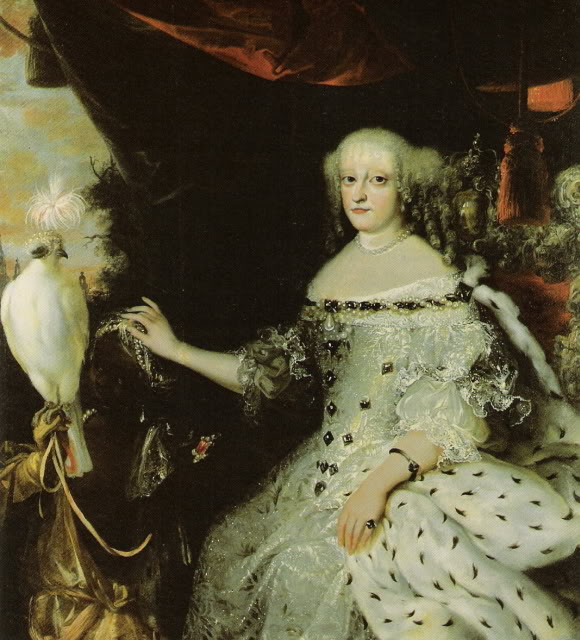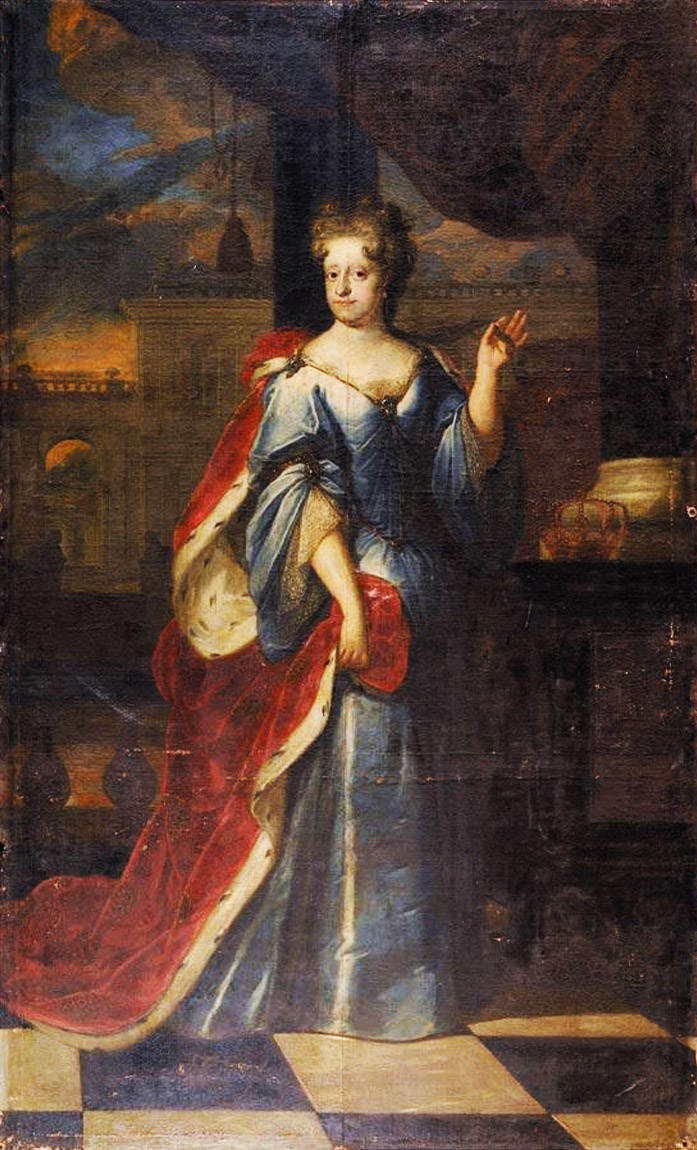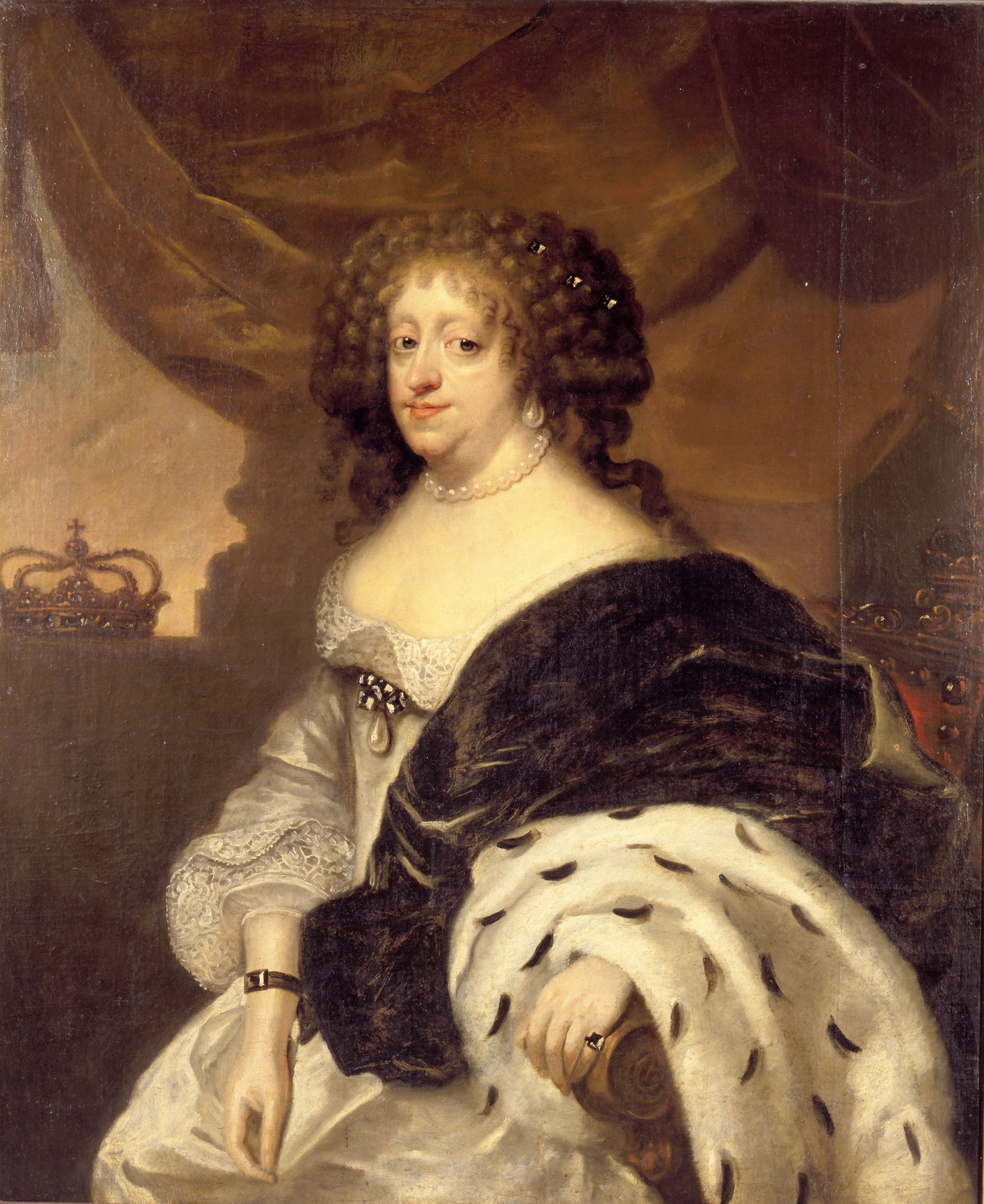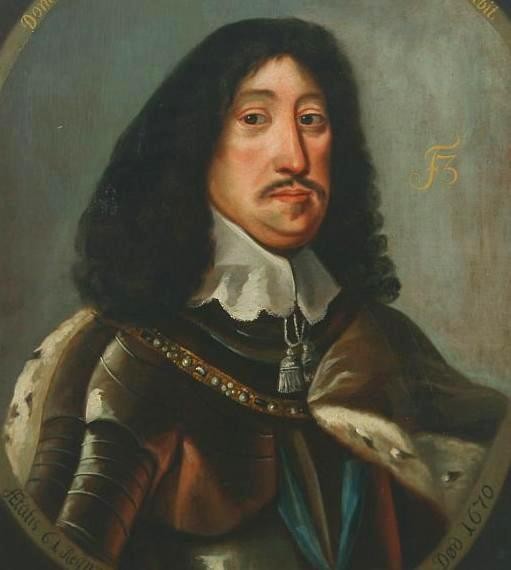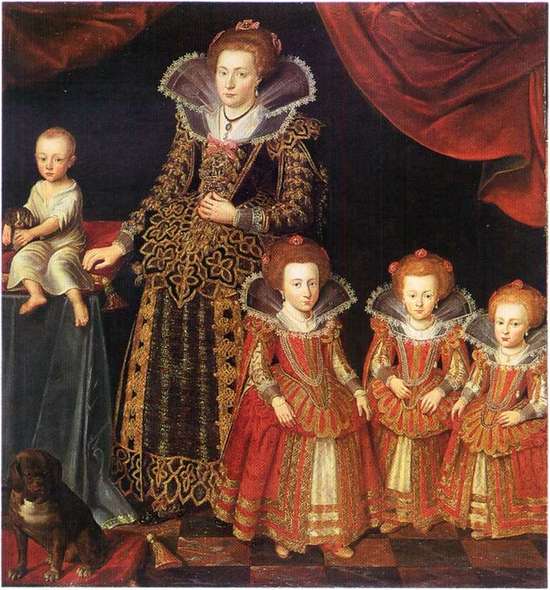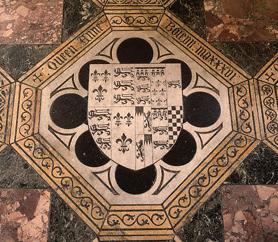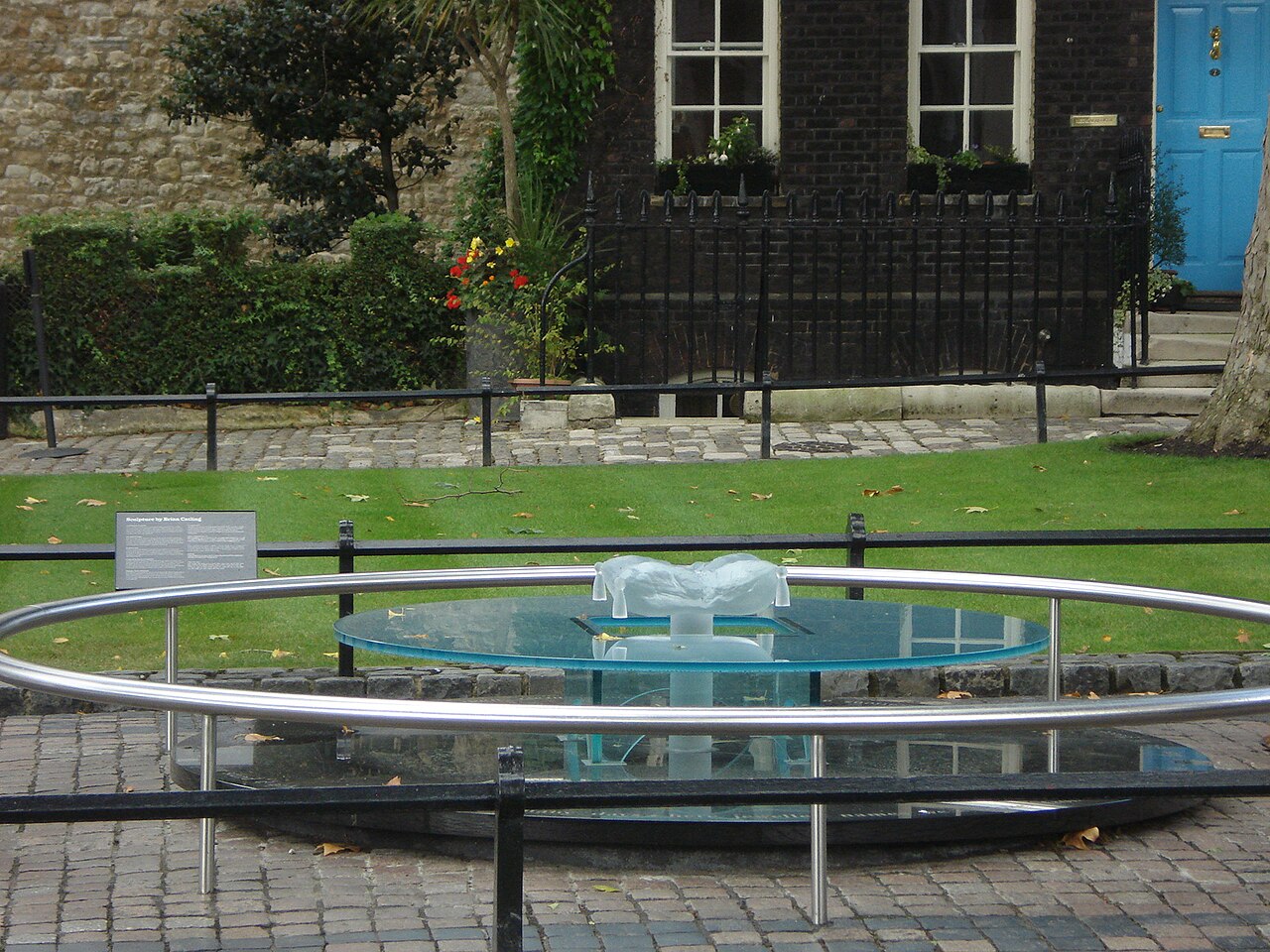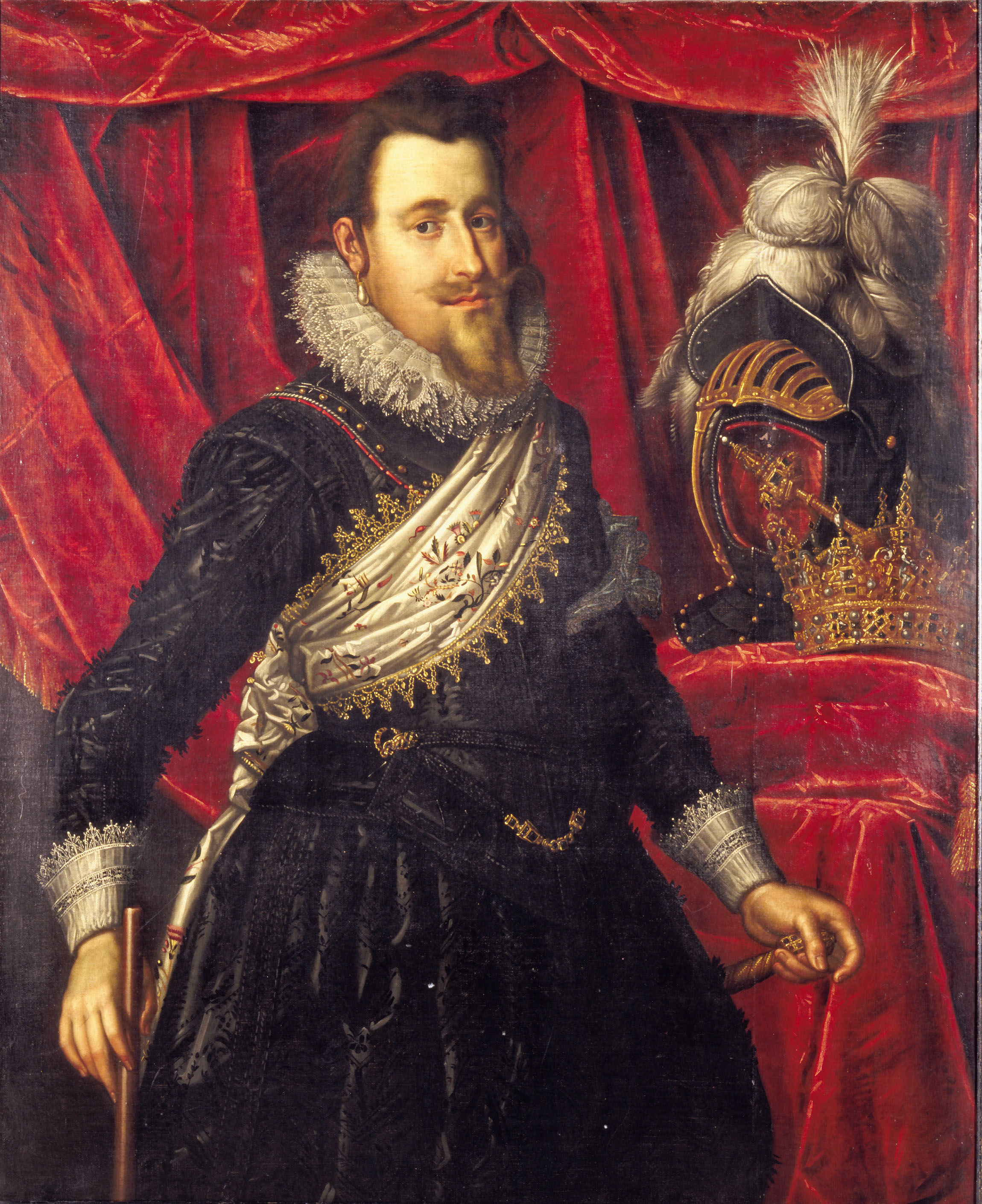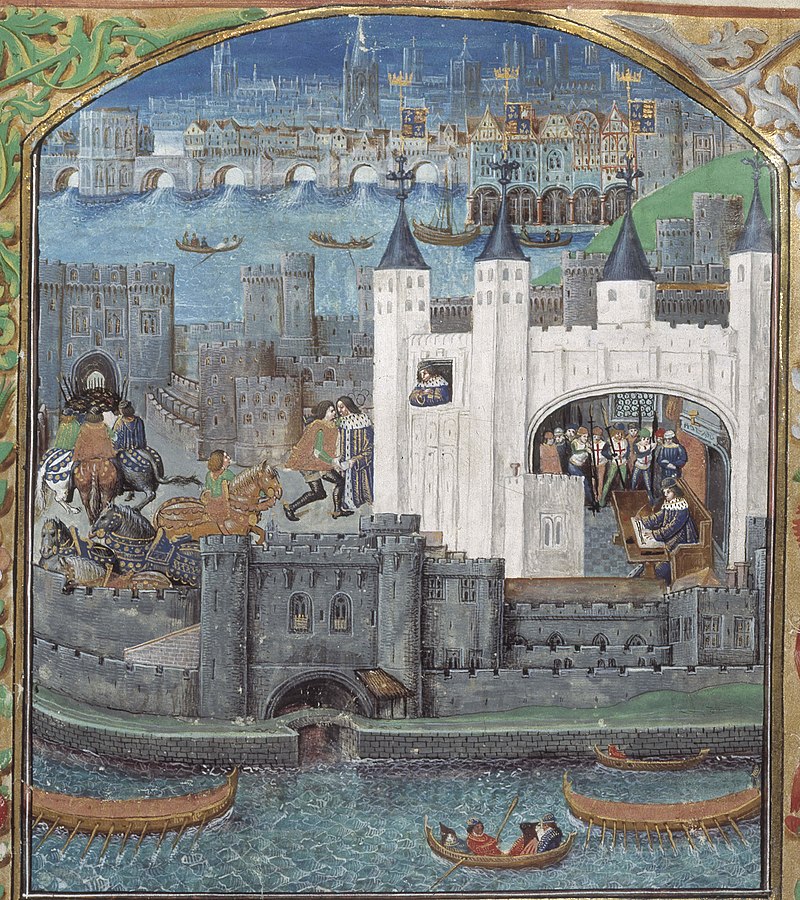by Susan Flantzer
© Unofficial Royalty 2021
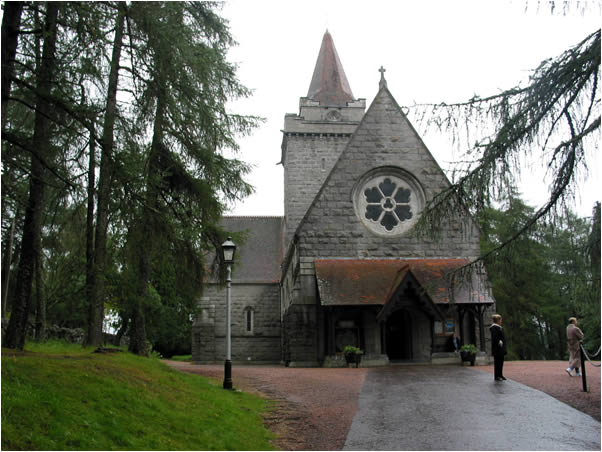
Crathie Kirk; Credit – By The original uploader was DanMS at English Wikipedia. CC BY-SA 3.0, https://commons.wikimedia.org/w/index.php?curid=23328669
Queen Victoria and Prince Albert made several visits to Scotland beginning in 1842 and quickly fell in love with the Highlands. Prince Albert arranged to acquire the lease on Balmoral Castle despite never having seen the castle or property before, and eventually purchased the property. Victoria and Albert first stayed at Balmoral in September 1848. The surrounding hilly landscape reminded them of Albert’s German homeland. Almost immediately, they realized the existing castle was too small for their large and growing family and household, and plans were made to expand the building. However, instead of making any additions, Victoria and Albert decided to build a new castle next to the existing one. In September 1853, Queen Victoria laid the foundation stone for the new castle, which was completed in 1856. At that point, the original building was torn down. Queen Victoria and her family began the tradition of spending time at Balmoral each year. Balmoral Castle remains the private property of the monarch and is used by the British royal family for their summer holidays.

Balmoral Castle; Credit – By Stuart Yeates from Oxford, UK – Flickr, CC BY-SA 2.0, https://commons.wikimedia.org/w/index.php?curid=728182
In 1848, Queen Victoria and her family began worshipping at nearby Crathie Kirk located only one-half mile (800 meters) east of Balmoral Castle. Crathie Kirk is a small Church of Scotland (Presbyterian) parish church in Crathie, a small village in Aberdeenshire, Scotland. This began the custom, which continues to this day, of members of the royal family and their guests worshipping with local people at Crathie Kirk.
Crathie has been a place of Christian worship since the 9th-century when a church was founded on the banks of the River Dee by St. Manire, Bishop of Aberdeenshire and Banff, and a follower of Saint Columba, an Irish abbot credited with spreading Christianity in Scotland. A single standing stone at Rinabaich is all that remains of Manire’s church.
A church dedicated to St. Manire was built in the 14th-century and was used until the 18th-century when it became too small for the growing population of the parish. A simple church typical of Scottish Presbyterian churches of the time was built on the site of the present church in 1805. This was the church that Queen Victoria and her family first attended.

The present Crathie Kirk in 1895; Credit – Wikipedia
In 1893, construction began on the present church designed by Alexander Marshall MacKenzie, a Scottish architect, and Queen Victoria laid the foundation stone. Funds for the new church were raised by subscription and gifts from parishioners and members of the public. A gift of £2,000 was made by Queen VIctoria’s daughters Princess Louise and Princess Beatrice who raised the money at a bazaar held on the grounds of Balmoral Castle. The present church was completed and dedicated in 1895. The granite church overlooks the River Dee and the ruins of the 14th-century church.

Interior of Crathie Kirk; Credit – By Drow69 – Own work, CC BY-SA 3.0, https://commons.wikimedia.org/w/index.php?curid=33432629
Embed from Getty Images
Queen Elizabeth II attends a service of commemoration at Crathie Kirk on August 4, 2014, marking the 100th anniversary of the United Kingdom declaring war on Germany
The south transept is reserved for the royal family and their guests and has a small porched entrance doorway exclusively for the royal family. In the south transept, there is a private wood-paneled reception area with a carved wooden royal coat of arms on the top. The front pew has finely-carved panels and the center of the front pew bears the royal and imperial monogram of Queen Victoria. There are memorials to members of the royal family on the walls in the south transept.
Gifts from members of the royal family:
- Queen Victoria donated two stained glass windows, one in memory of six members of her family, including her husband Prince Albert, and the other in memory of the author and social reformer Reverend Norman MacLeod, and endowed the church’s Henry Willis & Sons organ.
- Princess Beatrice, Queen Victoria’s youngest daughter, donated the four bells which continue to hang in the belltower.
- King Edward VII, Queen Victoria’s eldest son and heir, donated two marble medallions in memory of his brother Prince Alfred, Duke of Edinburgh, Duke of Saxe-Coburg and Gotha and his sister Victoria, Princess Royal, German Empress and Queen of Prussia
- King George V donated a communion table, made from white marble quarried on the island of Iona, the site of St. Columba’s monastery, dedicated to the memory of his father King Edward VII.
- Queen Elizabeth II donated a Bible decorated with the royal coat of arms.

John Brown’s grave; Photo Credit – www.findagrave.com
Many of the local people who served Queen Victoria are buried in the Crathie Kirk churchyard and some have headstones with personal epitaphs from Queen Victoria. The most famous of the burials is that of John Brown who served Queen Victoria as a ghillie at Balmoral (Scottish outdoor servant) from 1849 – 1861 and a personal attendant from 1861 – 1883. On March 27, 1883, at Windsor Castle, 56-year-old John Brown fell into a coma and died. The cause of death was erysipelas, a streptococcal infection. Queen Victoria wrote in her diary that she was “terribly moved by the loss that robs me of a person who has served me with so much devotion and loyalty and has done so much for my personal well-being. With him, I lose not only one Servant, but a real friend. ” John Brown was buried in the churchyard at Crathie Kirk next to his parents and some of his siblings. The inscription on his gravestone shows the affection between him and Queen Victoria:
This stone is erected in affectionate and grateful remembrance of John Brown the devoted and faithful personal attendant and beloved friend of Queen Victoria in whose service he had been for 34 years. Born at Crathienaird 8th Decr. 1826 died at Windsor Castle 27th March 1883. That Friend on whose fidelity you count/that Friend given to you by circumstances/over which you have no control/was God’s own gift. Well done good and faithful servant/Thou hast been faithful over a few things,/I will make thee ruler over many things/Enter through into the joy of the Lord.
On December 12, 1992, the first and the only royal wedding was held at Crathie Kirk when Anne, Princess Royal, the only daughter of Queen Elizabeth II, married Timothy Laurence. Anne and her first husband Mark Phillips separated in 1989 and their divorce was finalized on April 23, 1992. Anne and Timothy chose to marry in Scotland as the Church of England did not at that time allow divorced persons whose former spouses were still living to remarry in its churches. The Church of Scotland does not consider marriage to be a sacrament and has no objection to the remarriage of divorced persons.
This article is the intellectual property of Unofficial Royalty and is NOT TO BE COPIED, EDITED, OR POSTED IN ANY FORM ON ANOTHER WEBSITE under any circumstances. It is permissible to use a link that directs to Unofficial Royalty.
Works Cited
- Explore Churches. 2021. Ballater Crathie Kirk. [online] Available at: <https://www.explorechurches.org/church/crathie-kirk-crathie> [Accessed 16 March 2021].
- Braemarandcrathieparish.org.uk. 2021. Braemar and Crathie Parish Church | Crathie Kirk. [online] Available at: <https://braemarandcrathieparish.org.uk/crathie-kirk/> [Accessed 16 March 2021].
- En.wikipedia.org. 2021. Crathie Kirk. [online] Available at: <https://en.wikipedia.org/wiki/Crathie_Kirk> [Accessed 16 March 2021].
- Mehl, Scott, 2015. Balmoral Castle. [online] Unofficial Royalty. Available at: <https://www.unofficialroyalty.com/balmoral-castle/> [Accessed 16 March 2021].
- Scottishchurches.org.uk. 2021. Crathie Parish Church – Crathie and Braemar, Grampian – Places of Worship in Scotland | SCHR. [online] Available at: <http://www.scottishchurches.org.uk/sites/site/id/3836/name/Crathie+Parish+Church+Crathie+and+Braemar+Grampian INSIDE CHURCH> [Accessed 16 March 2021].

